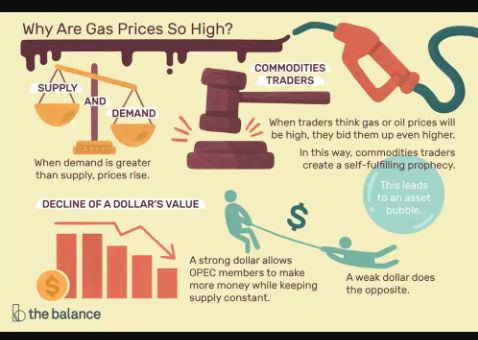The Labor Department reported on Thursday that wholesale inflation was found in January, as producer prices increased more than expected to begin the year.
The producer price index, which measures the price of raw materials on the open market, increased by 0.7% for the month, the largest increase since June. Dow Jones economists polled expected a 0.4% increase after a 0.2% decline in December.
The core PPI increased by 0.5% excluding food and energy, compared to expectations for a 0.3% increase. Core excluding trade services increased by 0.6%, compared to a 0.2% increase predicted.
On a 12-month basis, headline PPI rose 6%, remaining elevated but falling short of its 11.6% peak in March 2022. Following the release, markets fell, with Dow Jones Industrial Average futures down about 200 points.
While the PPI isn’t as closely watched as other inflation indicators, it can be a leading indicator because it measures the first price producers receive on the open market.
The increase in the PPI corresponded with a 0.5% increase in the January consumer price index, which measures the prices consumers pay for goods and services. The metrics show that, while inflation appeared to be slowing as 2022 came to a close, it began the year with a bang.
Read Also: How regulation, policy reform can boost digital economy
The Economist attributed that January inflation increases primarily to seasonal factors as well as payback from previous months that saw more muted price increases. An unseasonably warm winter may have also played a role, and volatile fuel prices rose during the month.
According to a report released Wednesday, consumer spending outpaced inflation, with retail sales increasing 3% for the month and 6.4% year on year.
Notwithstanding, the Labor Department reported that jobless claims fell by 1,000 to 194,000, falling short of the Dow Jones estimate of 200,000. In addition, the Philadelphia Federal Reserve’s manufacturing index for February fell to -24.3, well below the -7.8 estimate.
The Fed policymakers are focused on inflation, so the January numbers are unlikely to sway them from their position that, while progress is being made, no letup is likely.
“I expect that we will see a meaningful improvement in inflation this year and further improvement the following year, with inflation reaching our 2% goal in 2025,” Cleveland Fed President Loretta Mester said in a speech Thursday morning. “However, my outlook is contingent on appropriate monetary policy.”
According to CME Group data, markets expect the Fed to raise interest rates a few more times this year, with the final, or “terminal,” rate ending around a range of 5.25%-5.5%, up from its current 4.5%-4.75%.
The higher PPI reading coincided with a 5% increase in energy costs but a 1% decrease in food prices. The final demand index for goods increased by 1.2%, the most in a single month since June. The gasoline index gained 6.2%, accounting for roughly one-third of the increase.
In conclusion, it was seen that the services index increased by 0.4%, led by a 0.6% increase in final demand services prices excluding trade, transportation, and warehousing. Another significant contributor was a 1.4% increase in the index for hospital outpatient care.
Source: CNBC











